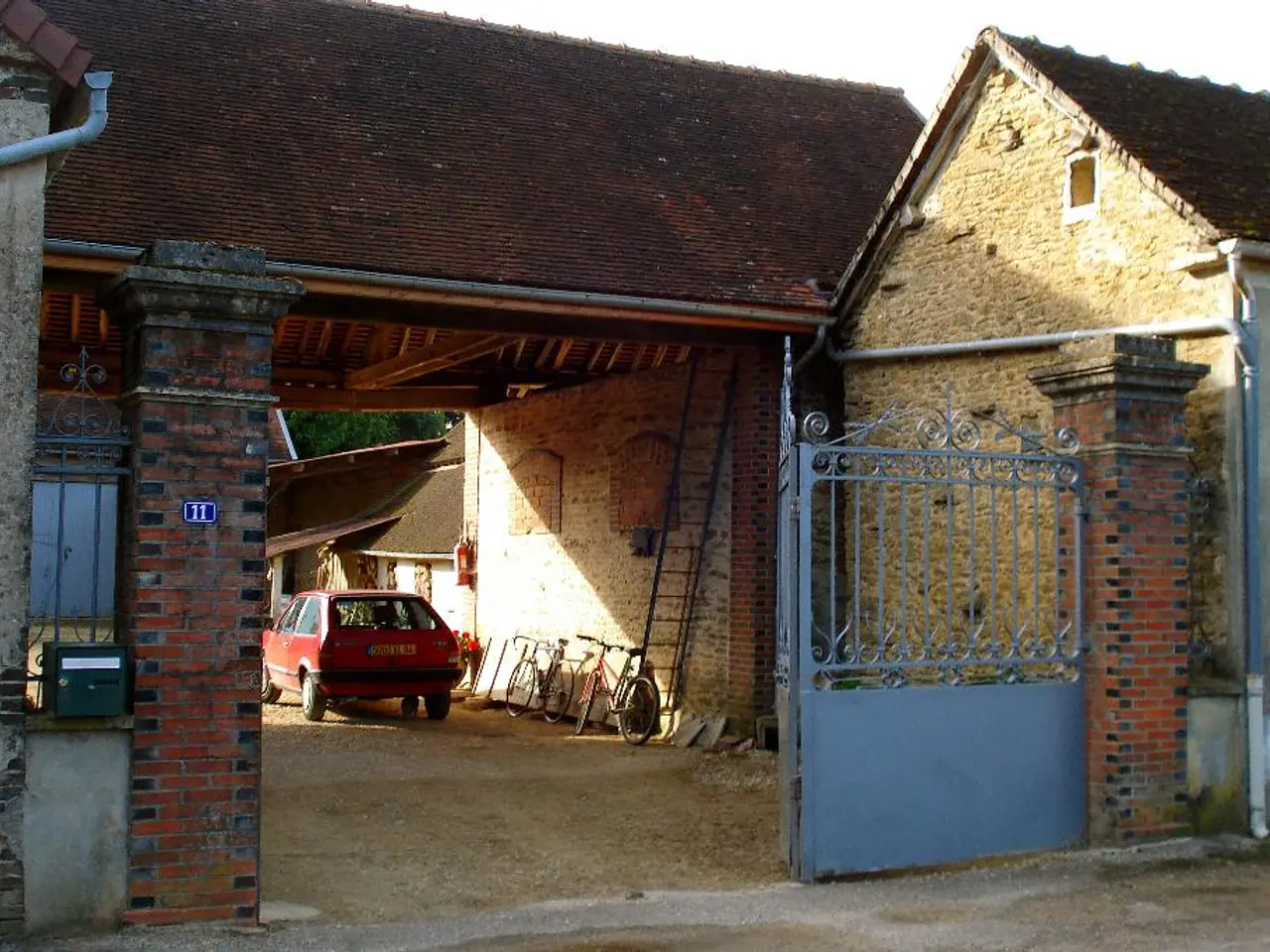Is the Federal Government marginalizing industrial research efforts?
Zuse Community Slams Federal Budget: Cuts to Industrial Research Programs
Heads Up!
- Zuse-PM - 250627 - Sidelined.pdfPDF - 182 kB
Did the Feds Bury Industrial Research"?
The Federal Government has dropped a whopping 503 billion euros in the 2025 budget draft - a 6.1% increase over the previous year. However, the funding for industrial research through programs such as ZIM (Central Innovation Program for SMEs), INNO-KOM (Promotion of Innovation Competence), and Industrial Cooperative Research (IGF) remains under the supervision of the Federal Ministry of Economics and Energy (BMWi). Despite the budget's substantial size, funding for these research programs is on the decline, with only 750 million euros allocated - a decrease of over 100 million euros compared to the previous fiscal year. Dr. Klaus Jansen, Managing Director of the German Industrial Research Association Konrad Zuse e.V. (Zuse Community), doesn't mince words when asked about the funding:
Berlin. "Massive disappoinment and discouragement", Jansen says of the financing of industrial research programs, ZIM, INNO-KOM, and IGF, in the 2025 federal budget draft: "Ramping up innovation- and transfer-oriented research in Germany isn't accomplished by maintaining these cuts to the tune of over 100 million euros, which conflicts with the goal of the coalition agreement to boost innovation activity in Germany." There's little room for innovation policymaking, Jansen continues.
Jansen also takes aim at the overall reduced budget of the Federal Ministry of Economics and Energy (BMWi), viewing its shrinkage as a sign that the ministry's importance within the federal government is waning: "Those wanting to competitively edge the economy, through means like increasing innovation activity, should not make deep cuts to essential funding mechanisms and relegate the once leading ministry to the sidelines." It doesn't matter where the funding for industrial research and innovation ends up, Jansen continues: "What's crucial is a compelling, ambitious plan that doesn't allow for the expansion of the bureaucratic jungle, but instead offers clear, measurable objectives, efficient structures, and appropriate funding to thrust both innovation, transfer, and the economy into the forefront and onto the global stage." He demands: "This, requires concerted action by all actors involved in innovation, transfer, and policy. Above all, it requires overcoming narrow-minded departmental thinking."
The federal budget draft earmarks 519.3 million euros for ZIM and IGP for the current fiscal year (2024: 635.3 million euros), 502.3 million euros for ZIM (2024: 628.4 million euros), 180.1 million euros for IGF (comparable to the previous year), and 73 million euros for INNO-KOM, consistent with the previous fiscal year's allocation.
The programs ZIM (Central Innovation Program for SMEs), INNO-KOM (Promotion of Innovation Competence), and Industrial Cooperative Research (IGF) represent crucial funding instruments of the federal government aimed at bolstering the innovative power of small and medium-sized enterprises (SMEs) and economically significant research institutions. They enable these entities to drive cutting-edge developments together, serving as significant catalysts for innovation and transfer, thus boosting the competitiveness of the economy.
However, it's worth noting that, beyond these core industrial research programs, the federal government has allocated significant funds towards infrastructure, defense, and other economic growth initiatives, and even tax breaks and subsidies for business investment and increased research subsidies. Yet, the steep cuts to key industrial research areas like decarbonization and hydrogen technology make for a complex funding landscape, with some priorities seemingly de-emphasized in favor of others.
Sources:[1] German Industrial Research Association Konrad Zuse e.V. (Zuse Community) Press Release[2] "Federal budget 2025: 503 billion euros, record investment volume," Die WirtschaftsWoche[3] "Budget 2025: Federal Government Puts Record Investments in Infrastructure, Research, and Job Creation," smallenews.de[4] "Budget 2025: Budget for industrial projects cut in favor of defense spending," Clean Energy Wire
The decline in funding for industrial research programs, such as ZIM, INNO-KOM, and IGF, despite the significant increase in the overall federal budget, has raised concerns within the German Industrial Research Association Konrad Zuse e.V., as it may impact the competitive edge of the economy. Furthermore, the cuts to key industrial research areas like decarbonization and hydrogen technology indicate a complex funding landscape that may prioritize certain areas over others in the industry-finance realm.




